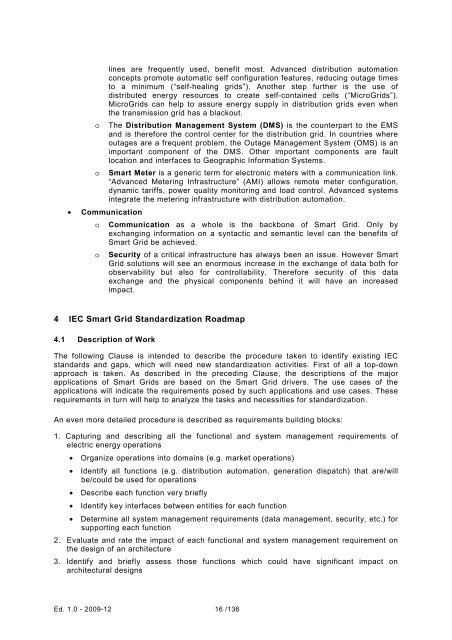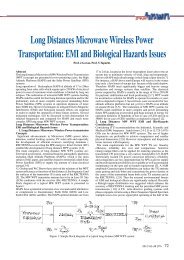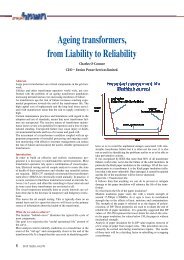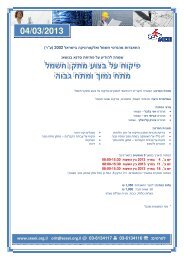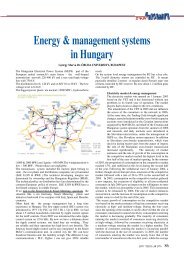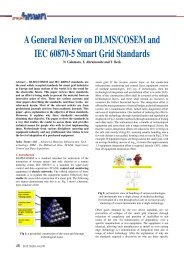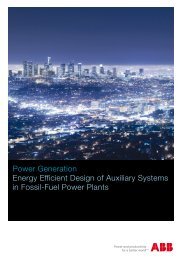IEC Smart Grid Standardization Roadmap
IEC Smart Grid Standardization Roadmap
IEC Smart Grid Standardization Roadmap
You also want an ePaper? Increase the reach of your titles
YUMPU automatically turns print PDFs into web optimized ePapers that Google loves.
oolines are frequently used, benefit most. Advanced distribution automationconcepts promote automatic self configuration features, reducing outage timesto a minimum (“self-healing grids”). Another step further is the use ofdistributed energy resources to create self-contained cells (“Micro<strong>Grid</strong>s”).Micro<strong>Grid</strong>s can help to assure energy supply in distribution grids even whenthe transmission grid has a blackout.The Distribution Management System (DMS) is the counterpart to the EMSand is therefore the control center for the distribution grid. In countries whereoutages are a frequent problem, the Outage Management System (OMS) is animportant component of the DMS. Other important components are faultlocation and interfaces to Geographic Information Systems.<strong>Smart</strong> Meter is a generic term for electronic meters with a communication link.“Advanced Metering Infrastructure” (AMI) allows remote meter configuration,dynamic tariffs, power quality monitoring and load control. Advanced systemsintegrate the metering infrastructure with distribution automation.• Communicationo Communication as a whole is the backbone of <strong>Smart</strong> <strong>Grid</strong>. Only byexchanging information on a syntactic and semantic level can the benefits of<strong>Smart</strong> <strong>Grid</strong> be achieved.o Security of a critical infrastructure has always been an issue. However <strong>Smart</strong><strong>Grid</strong> solutions will see an enormous increase in the exchange of data both forobservability but also for controllability. Therefore security of this dataexchange and the physical components behind it will have an increasedimpact.4 <strong>IEC</strong> <strong>Smart</strong> <strong>Grid</strong> <strong>Standardization</strong> <strong>Roadmap</strong>4.1 Description of WorkThe following Clause is intended to describe the procedure taken to identify existing <strong>IEC</strong>standards and gaps, which will need new standardization activities. First of all a top-downapproach is taken. As described in the preceding Clause, the descriptions of the majorapplications of <strong>Smart</strong> <strong>Grid</strong>s are based on the <strong>Smart</strong> <strong>Grid</strong> drivers. The use cases of theapplications will indicate the requirements posed by such applications and use cases. Theserequirements in turn will help to analyze the tasks and necessities for standardization.An even more detailed procedure is described as requirements building blocks:1. Capturing and describing all the functional and system management requirements ofelectric energy operations• Organize operations into domains (e.g. market operations)• Identify all functions (e.g. distribution automation, generation dispatch) that are/willbe/could be used for operations• Describe each function very briefly• Identify key interfaces between entities for each function• Determine all system management requirements (data management, security, etc.) forsupporting each function2. Evaluate and rate the impact of each functional and system management requirement onthe design of an architecture3. Identify and briefly assess those functions which could have significant impact onarchitectural designsEd. 1.0 - 2009-12 16 /136


